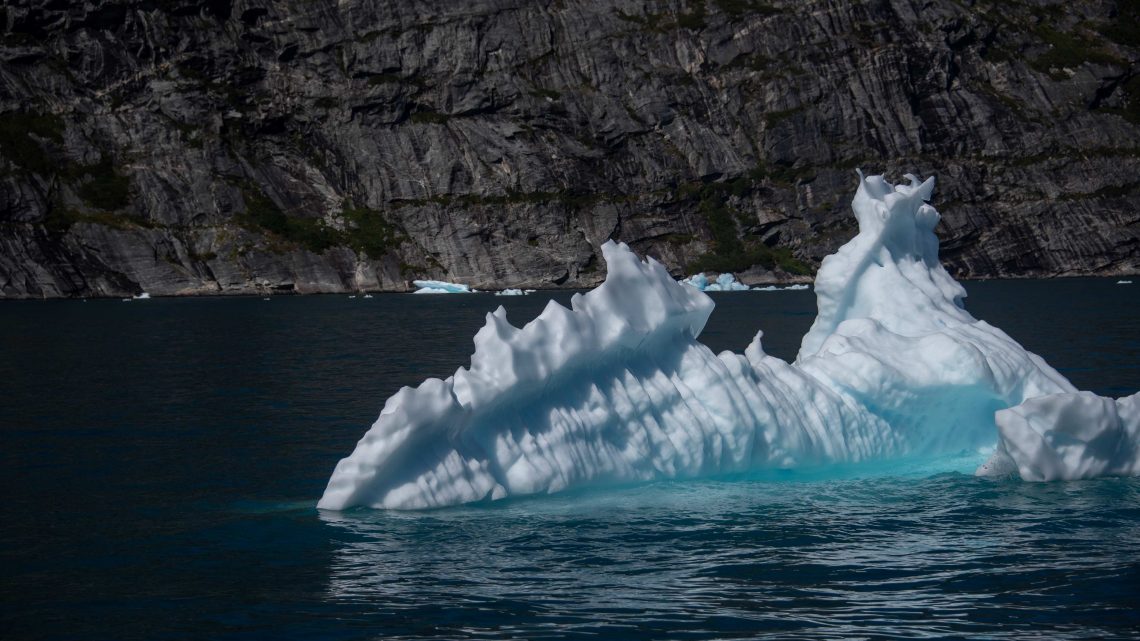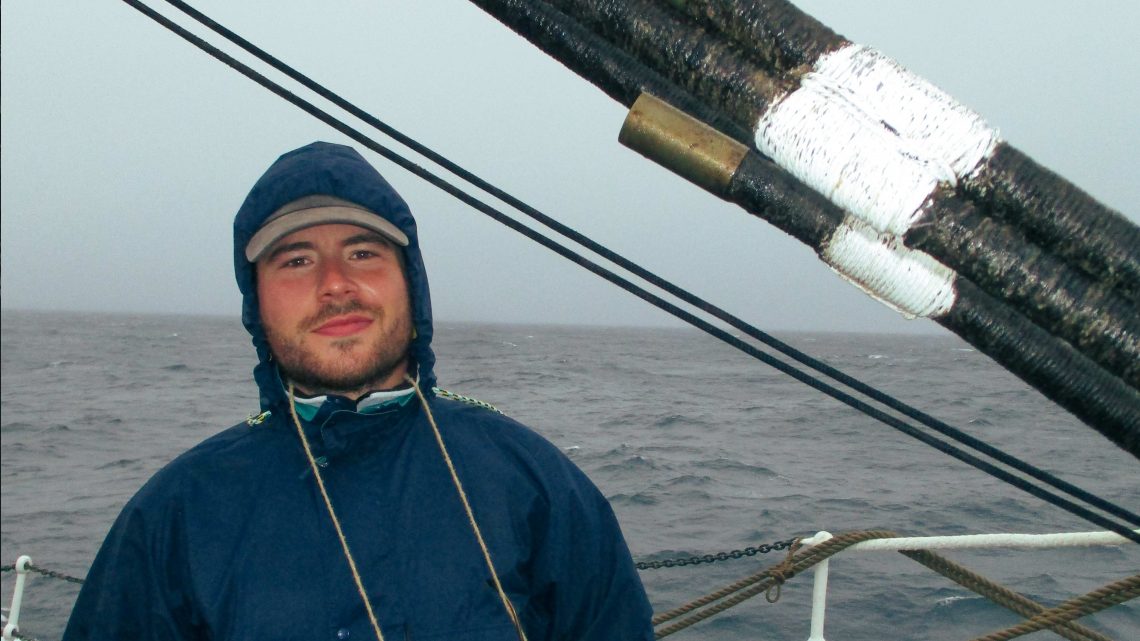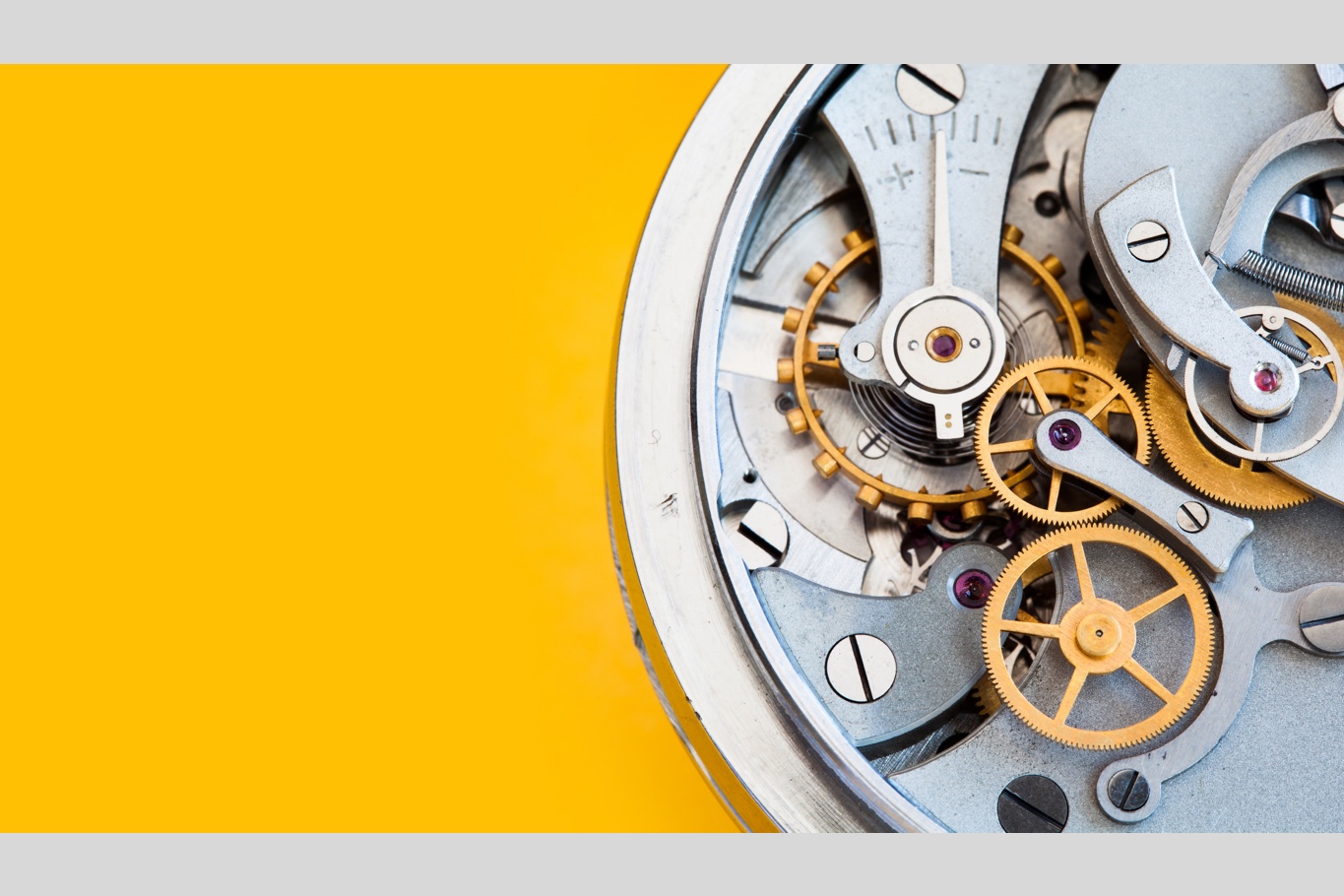Science on the high seas: Técnico PhD student crosses the Atlantic on scientific expedition
The crossing from Ponta Delgada to Greenland allowed Afonso Gusmão to conduct research on the impacts of climate change on the oceans.

‘I remember looking down and seeing only giant waves while the wind and freezing rain hit my face.’ The scene took place in the North Atlantic during a cyclone that reached winds of 35 knots and waves six metres high. Suspended from one of the masts of the Statsraad Lehmkuhl, a Norwegian training ship, helping to collect a sail, Afonso Gusmão experienced one of the most intense moments of the expedition that took him from Ponta Delgada (Azores) to Nuuk, Greenland.
“My passion for science, particularly in areas related to climate change and sustainability, goes back many years”, said the PhD student when asked about his ambitions. “This expedition was not only a unique opportunity but also aligned with everything I believe in and what motivates me as a scientist”.
Afonso Gusmão, who is pursuing a Doctoral Programme in Mechanical Engineering at Instituto Superior Técnico, participated in the One Ocean Expedition, a voyage that is part of international initiatives for research and awareness about the oceans. He was selected through the UTAustin Portugal for one of five national spots, joining 40 PhD and master’s students from various countries for a summer course organised by the University of Bergen (Norway).
During the three weeks at sea, participants were divided into working groups focused on various topics, ranging from the geopolitics of the Arctic to the history of scientific expeditions in the North Atlantic. “My group was responsible for deploying buoy sensors throughout the trip, which allowed us to study ocean currents and dynamics, as well as how they are being affected by the rise in the average temperature of the Atlantic”, he explained. The scientific component also included collecting data to measure the concentration of microplastics on the seabed, recording temperature profiles, and listening for marine mammals using sonar.


On board, science and navigation intersected daily. Classes and presentations often took place on deck, regardless of weather conditions. ‘It’s not every day that I give a scientific presentation in a “moving auditorium” or attend a class in the middle of the ocean’, he said jokingly.
The student also joined the blue watch, one of the teams responsible for manoeuvring the sailboat. Their tasks included surveillance, stowing the sails, maintaining the ship and steering the helm. “We slept in hammocks, which acted as gravitational pendulums, mitigating the impact of waves while we slept. The most challenging thing was overcoming the physical fatigue and the cold of the Arctic in the last few days”, he shared.
Despite the intense challenges, life on board left a lasting impact. “For three weeks, we formed a small society living on the ocean”, he said. “We built very strong friendships, even though almost no one knew each other at the beginning. The sharing, discipline, support, and camaraderie during the most challenging moments turned us into a close-knit community”.
The expedition also provided lessons beyond practical experience. ‘This trip broadened my horizons on the impact of climate change on marine ecosystems and ocean dynamics. I learnt about a lot of research and mitigation policies, and I clearly understood the connection between science and society’, he said. Afonso continues to conduct research at the Mechanical Engineering Institute (IdMEC) and the Institute for Bioengineering and Biosciences (iBB), including the Algae2Fish project, dedicated to cellular agriculture and 3D bioprinting of sea bass fillets, for which he developed a “unique” printer.
According to Afonso Gusmão, the experience was “more than just a crossing.” After traveling 2,361 nautical miles, he described it as “an epic journey” that brought together “science, navigation, and community in a challenge requiring courage, discipline, and unity.”
